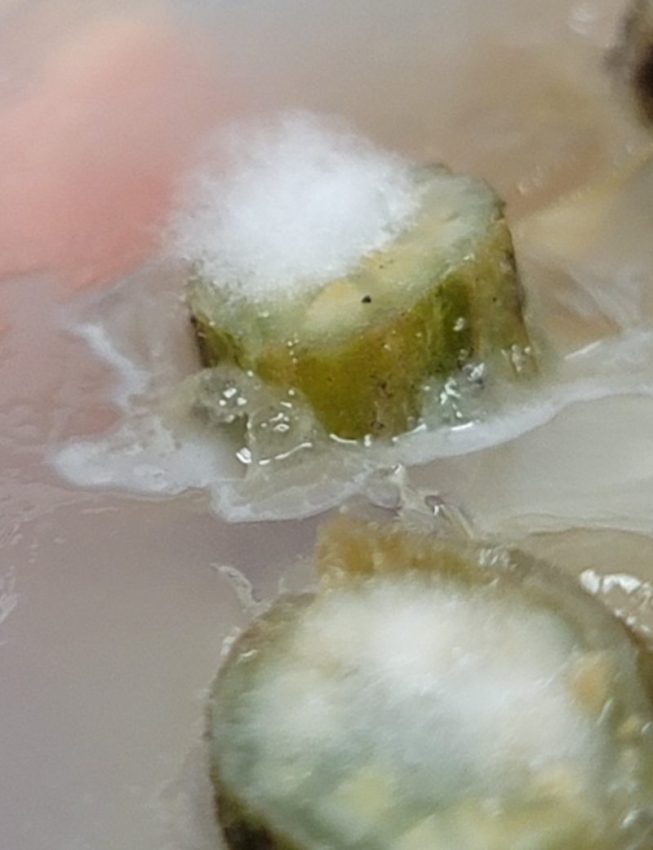The 2024 watermelon growing season is underway. This year, an uptick in cases of Fusarium wilt in watermelons has caught many by surprise. While there is little that can be done now to manage the disease, it is still important to understand and monitor the prevalence in your fields.
–
Why is Fusarium Wilt Prevalent this Year?
The unusually cool and cloudy weather patterns associated with this year’s El Niño climate have created conducive conditions for Fusarium wilt. This disease thrives in cool, moist environments, allowing the pathogen to spread rapidly. As a result, watermelon crops are facing increased incidence and severity, even in locations they might not have before.
–
Diagnosis and Monitoring
For farmers, accurate diagnosis and continuous monitoring are crucial to managing Fusarium wilt. Identifying the presence of the disease early can help in taking necessary steps to contain its spread. Farmers should look for typical symptoms such as yellowing and wilting of leaves, stunted growth, and vascular discoloration in the stems and vines. Regularly monitoring and documenting incidence in the field for these signs is essential, especially in areas known to have had issues with Fusarium wilt in the past. More information on symptoms and the disease can be found by clicking this link.
–
Navigating Current Management Options
Unfortunately, once Fusarium wilt has established in a field, there are not any consistently effective options available for controlling the outbreak during the current growing season. However, farmers can prepare for future seasons by adopting integrated disease management practices. Grafting watermelon onto resistant rootstocks, combining soil fumigation with delayed planting, and choosing resistant varieties, are viable strategies that can reduce disease impact. More information about integrated management strategies can be found by clicking this link.
–
Future Considerations and Research Insights
Recent research has highlighted the effectiveness of bioassays in detecting the presence of Fusarium oxysporum f. sp. niveum in the soil, a critical step before planting the next crop. Although a bioassay, which typically takes 6 to 8 weeks to complete, cannot confirm the absence of the pathogen, it can significantly aid in the decision-making processes. If you are interested in learning more about the bioassay, contact Dr. Nicholas Dufault.
–

Fusarium mycelium growth (fungal growth) out of watermelon vine vascular tissue confirms the pathogens presence.
–
Conclusion
The surge in Fusarium wilt cases this year highlights the ongoing challenges faced by watermelon farmers. While there may not be immediate silver bullets, we can all play a role in finding solutions. Farmers can explore adopting preventative measures and staying informed about the latest disease management strategies. Researchers must continue their vital work on developing resistant watermelon varieties and effective control methods. By working together, we can develop more sustainable solutions for future watermelon crops.
- 2025 End-of-Season Florida Peanut Disease Notes - October 24, 2025
- Southern Rust Confirmed in the Florida Panhandle – June 2025 - June 6, 2025
- Stay Ahead of Disease with the Spore Report: A New Tool to Assist with Potato and Watermelon Management - April 11, 2025



